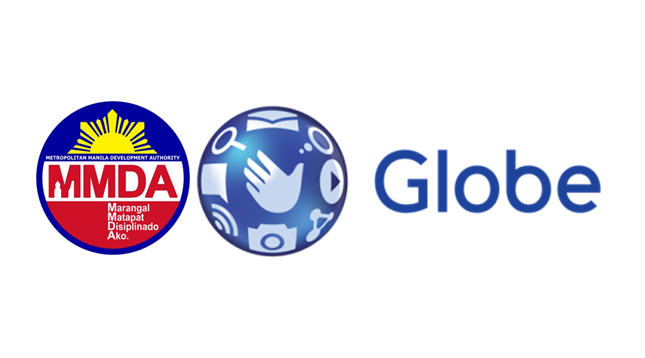As various government and private institutions proactively prepare in the eventuality of a major earthquake striking Metro Manila, Globe Telecom recently announced that its network and organization as a whole has extensively planned for and is ready to address the effects to its operations and restore its network, if and when the natural calamity hits. In fact, the telco will roll out its own earthquake drill on July 30, in close collaboration with the Metro Manila Development Authority which mandated a city-wide exercise for companies, households and individuals on that date.
At a forum organized by a major TV network on earthquake preparedness, Globe outlined the different strategies and measures it will execute if an earthquake triggered by the West Valley Fault occurs. Such has been considered by the officials from the Philippine Volcanology and Seismology (PHIVOLCS) as “The Big One,” which can generate a 7.2 magnitude temblor on the Richter scale.
Globe Head for Technical Services Design Engr. Emmanuel Estrada, PECE, ASEAN Engr. provided a high-level outlook in the event of a great earthquake, which include different contingencies, scenarios, procedures and resolution steps to be undertaken. He revealed that for three years, Globe and PHIVOLCS have worked closely in preparing for disasters and natural calamities.
“Business continuity planning looks into several elements: First is people deployment, and second is process simulation. It is not only important to document what to do when the fault line moves, but it will also largely depend on the individual people who will be on-the-ground who can make a quick assessment of the damage to property and life,” said Estrada, who also works hand-in-hand with Globe’s Enterprise Wide Risk Management to develop and institute business continuity plans particularly in the event of natural disasters.
“We also need to assess the technologies available that can help us mitigate this disaster. One we are exploring right now to augment our transportable cell sites or Cell sites-on-Wheels (COW) with what we call ‘network-in-a-box,’ which is an all-in-one, transportable and ready-in-minutes network solution intended more to provide on-ground communications for first responders.” said Estrada.
In addition, he disclosed that the telco has setup “last-to-go-down, first-to-go-up” sites. These sites, which are intended to provide basic wide area coverage, have been reinforced to withstand major calamities including earthquakes and in the event that these too are damaged, restoration for these will be prioritized.
Aside from the West Valley Fault, the telco is also simulating the scenario of a possible movement of the Manila Trench. “We took one step further in our simulations with PHILVOLCS beyond the movement of the West Valley Fault. Although an activity by the Manila Trench is unlikely, we are also currently making preparations to heighten our state of readiness,” explained Estrada.
He said that, “It will be difficult to predict when The Big One is going to happen. One thing though that we take pride in Globe is that the company is business-continuity certified. It has an existing framework in all business continuity plans and measures. Along with this, we have also started implementing geo-hazard mapping as part of our normal network planning process as early as 2004.”
Recently, the British Standard Institute conferred to Globe an ISO 22301: 2012 or the Business Continuity Management System, which recognizes the telco’s implementation of best practices on business resiliency based on its efforts to plan, establish, implement, operate, monitor, review, maintain and continually improve a documented management system. Under international protocols for business continuity, clients and stakeholders are ensured that a company is well equipped to survive the event of a major incident or disaster.
The telco executive also noted that beyond the technologies available to Globe, constant awareness, business continuity process framework, forward planning and preparing for the worst case scenario will be vital to limit the damage and impact that “The Big One” might bring about as well as in restoring the service at the soonest possible time.












